Daeheungsa Temple [UNESCO World Heritage] (대흥사[유네스코 세계문화유산])
Daeheungsa Temple [UNESCO World Heritage] (대흥사[유네스코 세계문화유산])
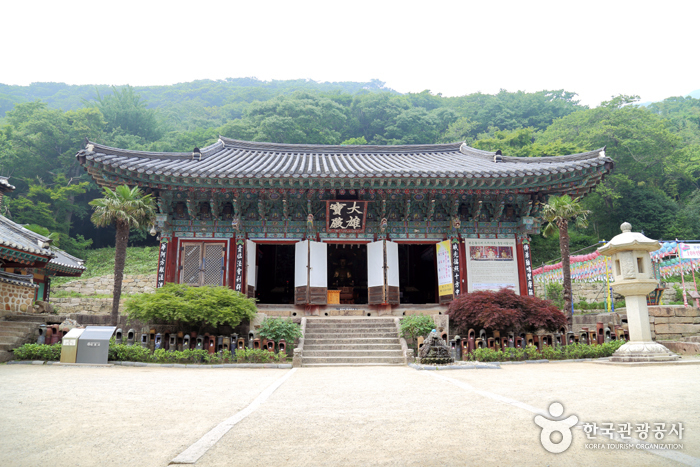 – Homepage
– Homepage
www.daeheungsa.co.kr
www.daeheungsa.or.kr
– Tel
+82-61-534-5502
Daeheungsa Temple, located on Duryunsan Mountain, is said to have been founded by Monk Ado in the 22nd year of King Seong of Baekje. In 2018, it was inscribed on the UNESCO’s World Heritage List as part of the “Sansa, Buddhist Mountain Monasteries in Korea.” Also known as a temple where the spirit of Buddhism for national protection remains alive, Daeheungsa Temple served as the main base for monk soldiers led by Seosan Daesa during the Japanese invasions of Korea. Later, Seon Master Choui, who believed that the truth of the Buddha and the joy of meditation could be found in tea, built Iljiam Hermitage in the valley of Daeheungsa Temple. There, he devoted himself to solitary practice for more than 40 years, earning the temple recognition as a sacred site of Korea’s tea culture. Situated in a wide mountain basin, Daeheungsa Temple displays a unique layout. Geumdangcheon Stream runs through the grounds, dividing the buildings into North and South Precincts. Unlike standard temple layouts, these buildings are arranged freely, creating a distinctive spatial composition. Set farther back behind the South Precinct are the Pyochungsa Shrine, dedicated to Seosan Daesa, and Daegwangmyeonjeon Hall within Donggukseonwon Temple. Among the treasures of the temple is the Rock‑carved Seated Buddha at Bungmireugam Hermitage, designated as a National Treasure. Seosan Daesa Relics Hall houses 24 cultural artifacts, including royal gifts from King Seonjo, such as a jade alms bowl and a jadeite (green jade) alms bowl, along with Seosan Daesa’s calligraphy, sedan chair, shoes, and Buddhist scriptures written in gold and silver.
– Address : 400, Daeheungsa-gil, Samsan-myeon, Haenam-gun, Jeollanam-do
※ Presentation Information
– Information and Guides
• 1330 Travel Hotline: +82-2-1330
(Korean, English, Japanese, Chinese)
• For more info: +82-61-534-5502,
61-535-5775
– Parking
Available
– Day Off
N/A (Open all year round)
– Operating Hours
No entry for the general public after 19:00
– Tour Course Information
[Daeheungsa Temple District Course]
Haenam-eup – Historic Site of Gosan Yun Seon-do – Birthplace of Go Jeong-hui – Birthplace of Gim Nam-ju – Duryunsan Cable Car – Daeheungsa Temple – Haenam-eup
– Parking Fees
Small-sized vehicles 2,000 won / Sedans 3,000 won / Buses 5,000 won
– Restrooms
Available
– Admission Fees
Free admission
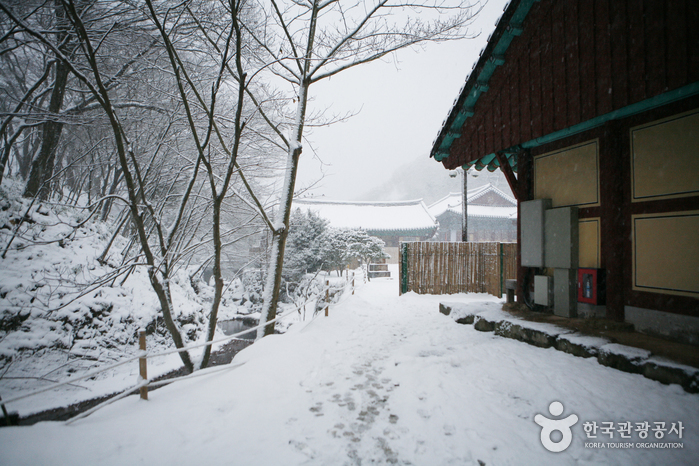
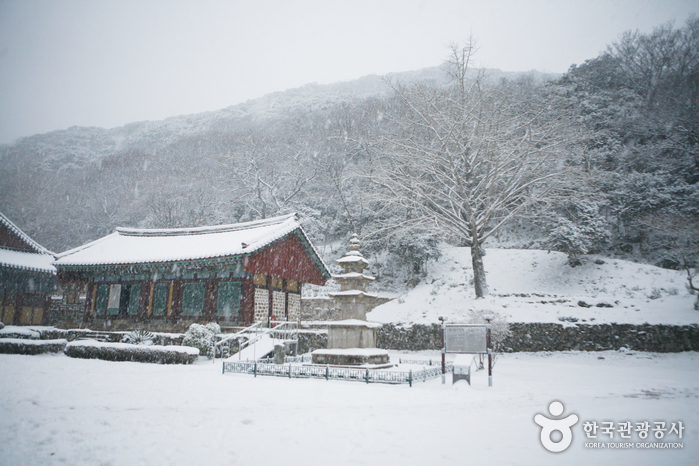
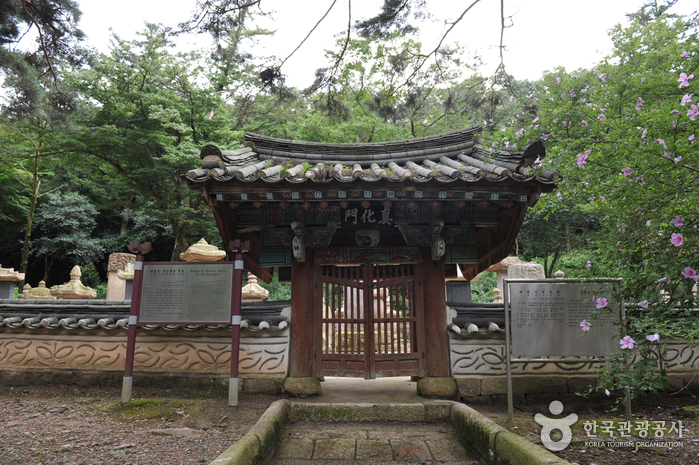
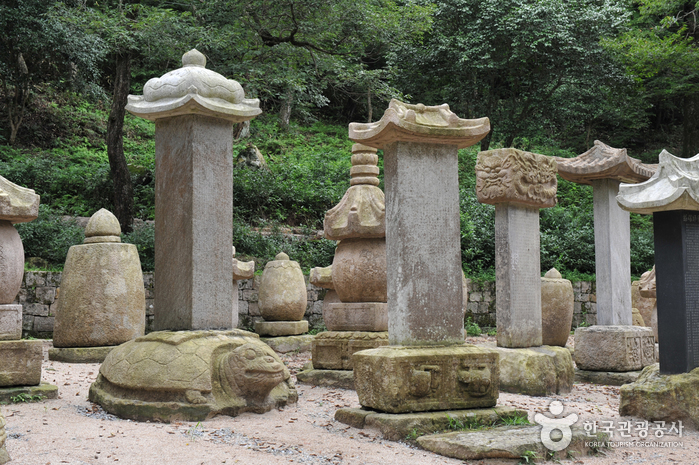
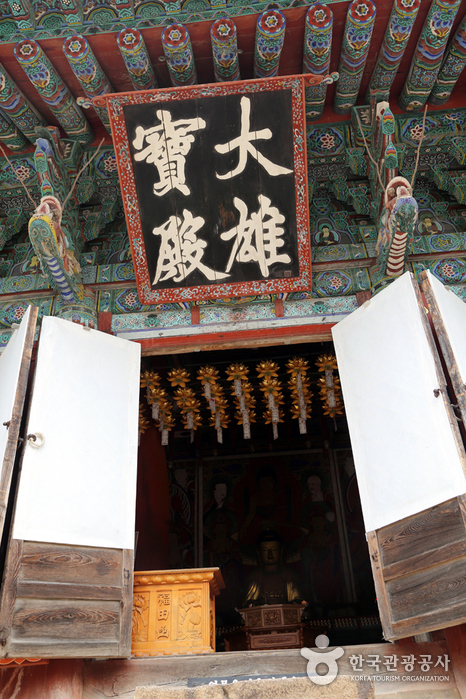
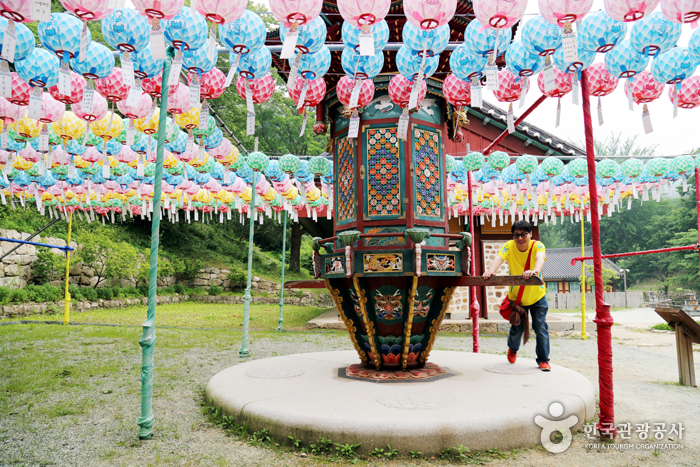
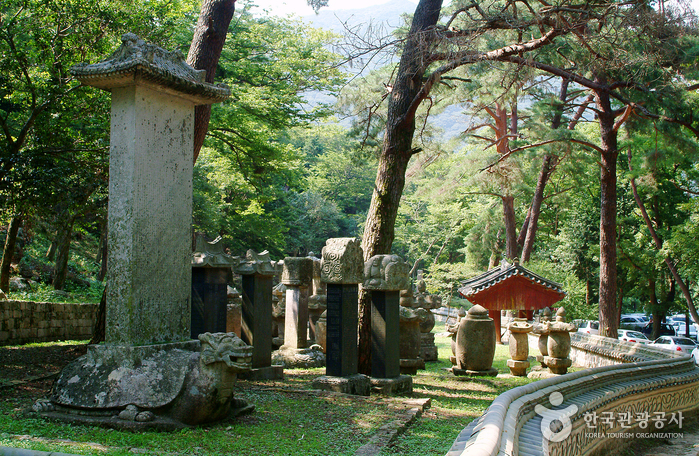

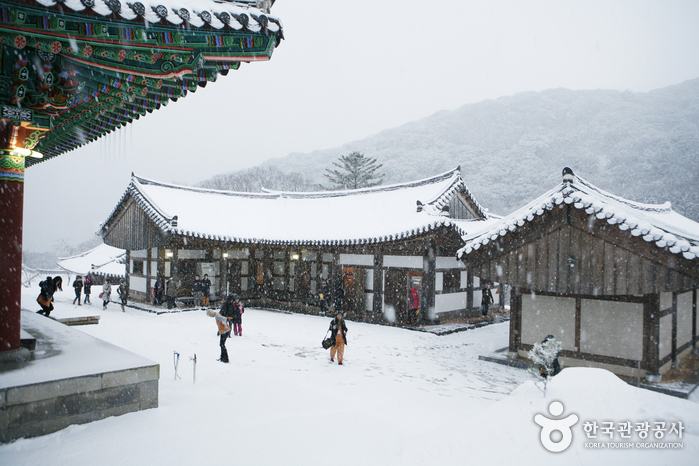

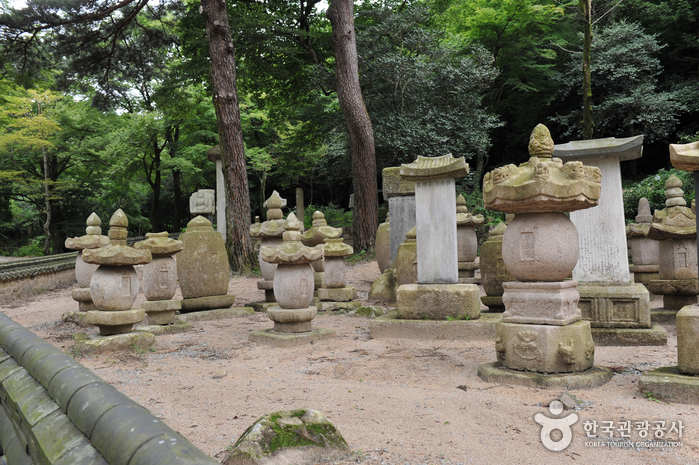
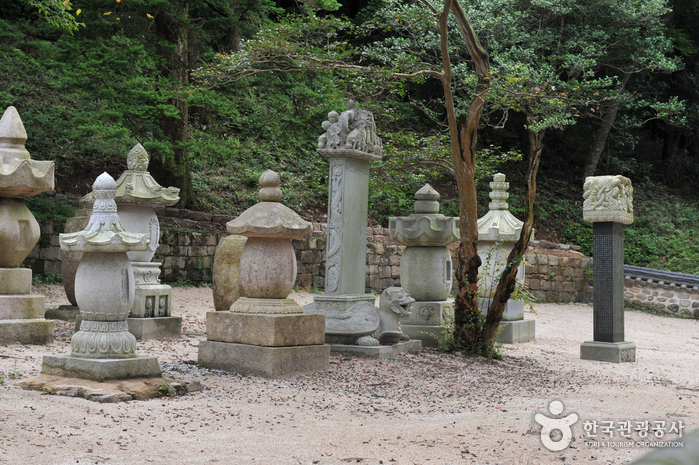

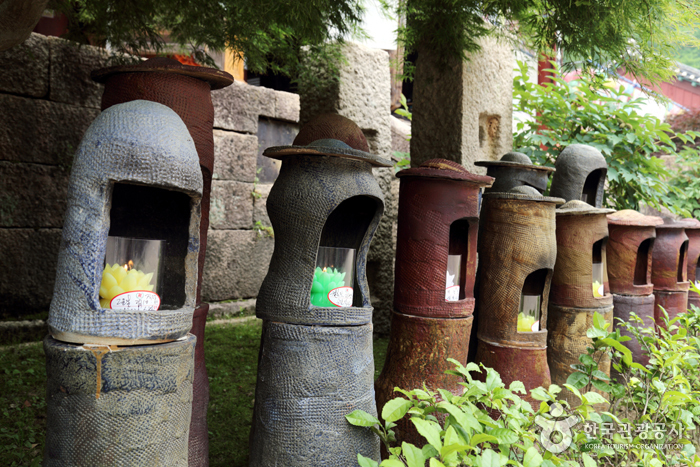

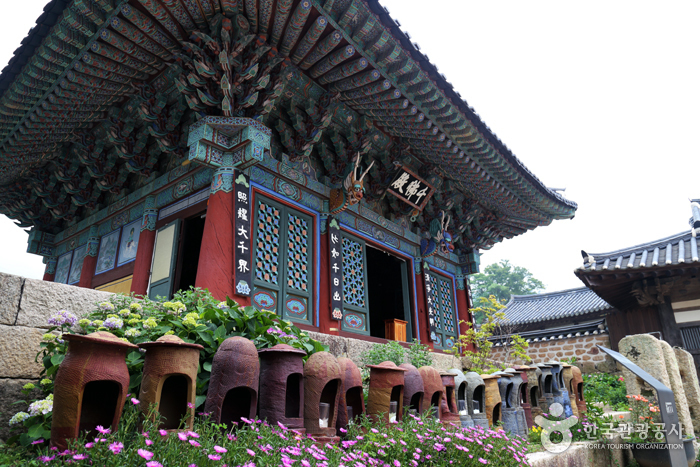
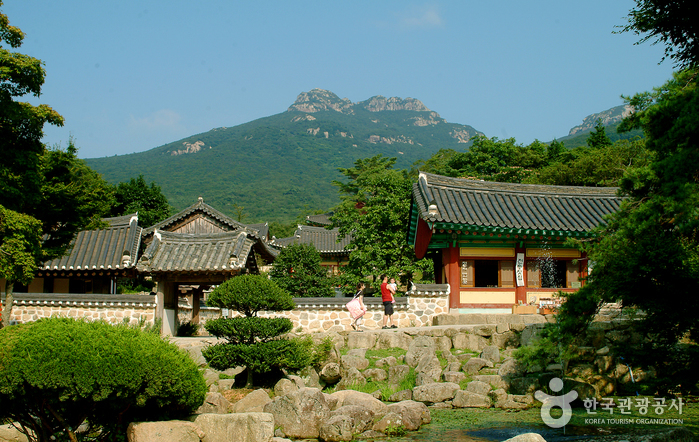
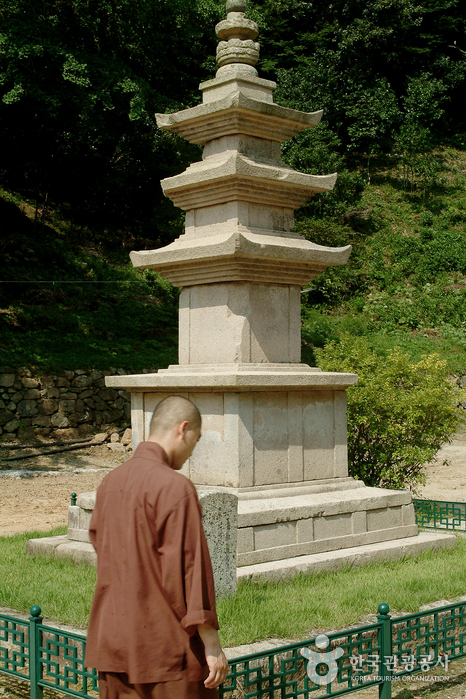

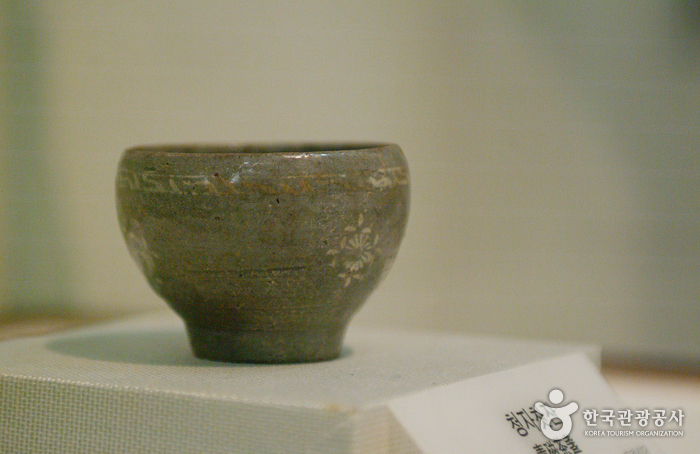
◎ Nearby Tourism Infobox
⊙ Duryunsan Provincial Park (두륜산도립공원)
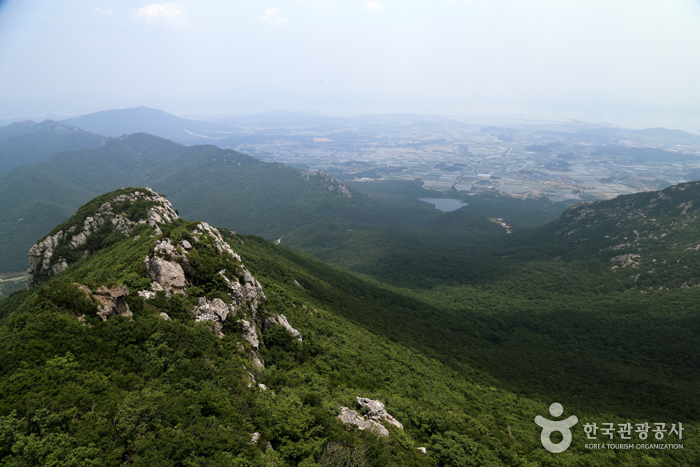
– Homepage
www.haenam.go.kr/tour
– Tel
+82-61-530-5543
Containing many Buddhist temples and ruins as well as spectacular scenery, the 700 meter-tall Duryunsan Mountain is located at the southernmost point of the Korean peninsula. Forested by subtropical green broadleaf trees and temperate deciduous broadleaf trees, the mountain is valued highly for observing plant chorology. There are many fields of silver grass, and the summit of the park’s eight peaks provide vistas of the western and southern sea.
During the fifth year of King Jinheung’s reign (514), the Buddhist monk Ado built Daedunsa Temple, which is a place of great historical value as it is also related to the Buddhist monk Seosan. The temple is built among dense woodlands, consisting of maple trees and camellias. Breathtaking scenery of valleys and luxuriant trees can be seen on both sides of the 2-kilometer-long road leading to the temple.

![Zooc [Tax Refund Shop] (주크)](https://ktrip.blogsailing.com/wp-content/uploads/2025/11/3313782_image2_1-768x445.jpg)
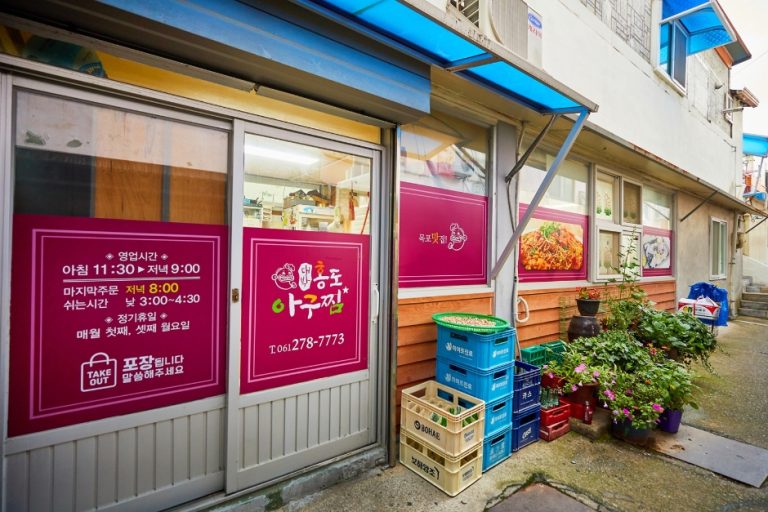
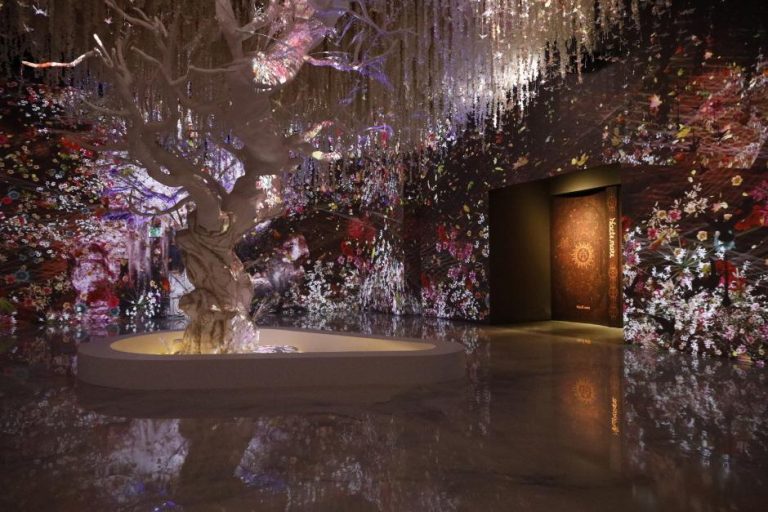
![The Face Shop – Mokpo Branch [Tax Refund Shop] (더페이스샵 목포)](https://ktrip.blogsailing.com/wp-content/uploads/2025/11/2886611_image2_1-768x576.jpg)
One Comment